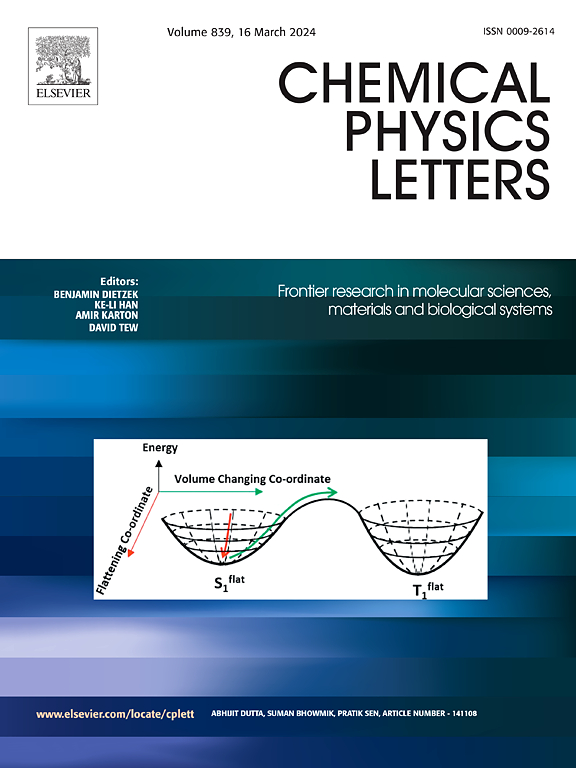Constru of lignin model molecule based on deep learning and infrared spectroscopy
IF 2.8
3区 化学
Q3 CHEMISTRY, PHYSICAL
引用次数: 0
Abstract
A deep learning-based approach, LigninGen, is presented for the construction of model molecules for lignin. It is able to accurately predict the molecular structure of experimental lignin samples through multi-stage pretraining and zero-shot prediction. The model combines the results of IR, 13C NMR, and ultimate analysis, and the structural characteristics of the model molecules are highly consistent with the experimental data. Moreover, LigninGen utilizes SELFIES encoding to directly generate the 3D coordinates of the molecules, which is a more realistic reflection of the amorphous structure of lignin compared to the traditional methods.

求助全文
约1分钟内获得全文
求助全文
来源期刊

Chemical Physics Letters
化学-物理:原子、分子和化学物理
CiteScore
5.70
自引率
3.60%
发文量
798
审稿时长
33 days
期刊介绍:
Chemical Physics Letters has an open access mirror journal, Chemical Physics Letters: X, sharing the same aims and scope, editorial team, submission system and rigorous peer review.
Chemical Physics Letters publishes brief reports on molecules, interfaces, condensed phases, nanomaterials and nanostructures, polymers, biomolecular systems, and energy conversion and storage.
Criteria for publication are quality, urgency and impact. Further, experimental results reported in the journal have direct relevance for theory, and theoretical developments or non-routine computations relate directly to experiment. Manuscripts must satisfy these criteria and should not be minor extensions of previous work.
 求助内容:
求助内容: 应助结果提醒方式:
应助结果提醒方式:


